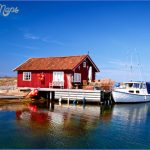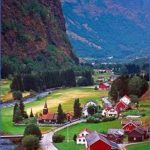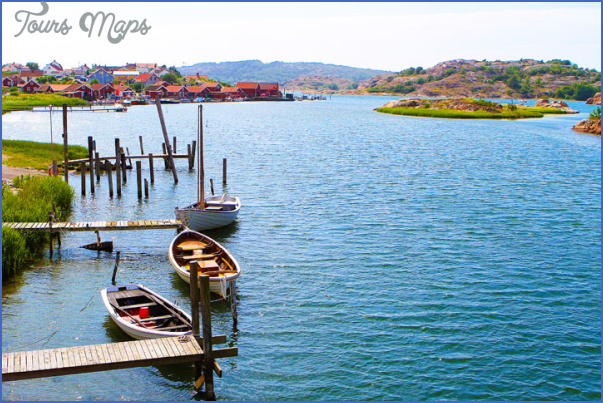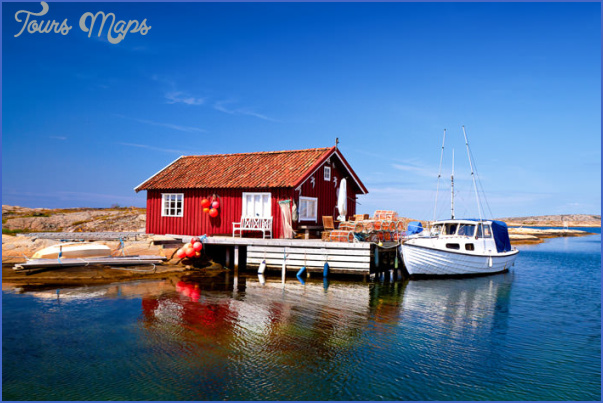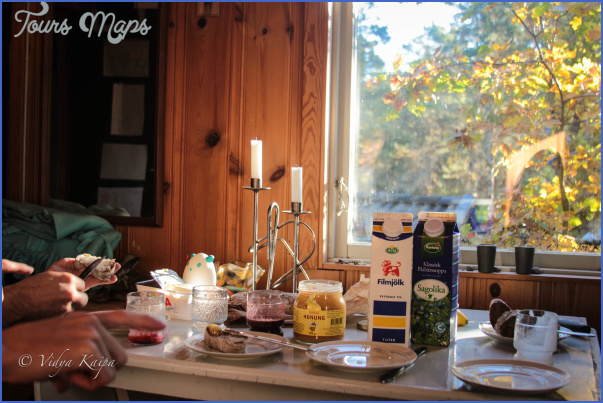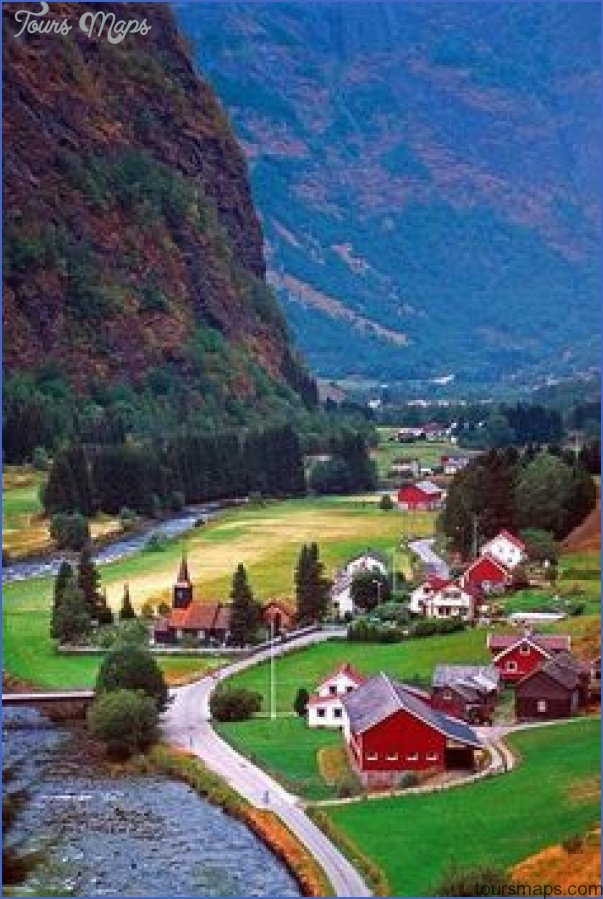South German type, became the main type of animal ornament on the European continent. In Animal Style III, which developed in Scandinavia about 700, highly abstract animal figures are used to form elaborate ornamental compositions, producing for example circular whorls or mirror-image pairs. Here again the burin was used.
The Viking style or late animal style (a.d. 800-1100). The great Viking expansion was made possible by their keeled boats, with strengthened bottoms to take the mast and keel, like those found in a bog at Nydam in Slesvig (three sea-going boats dating from the 4th c. the largest being an open oared boat 25 m (82 ft) long which could accommodate a crew of 40 men) and at Kvalsund. Other important finds were made in the Nydam bog, in particular 38 silver objects with ornamental birds’ and human heads, Anglian products of the 5th c. (Museum of Prehistory, Schloss Gottorf, Schleswig).
An impressive example of the new type of keeled boat is the Oseberg Ship, used as the tomb of a Norwegian princess (Norwegian Folk Museum, Bygdoy, Oslo). This vessel, 22 m (72 ft) long, with carved animal ornament on the prow and stern, contains a timber burial chamber, beside which were found a waggon, several sledges, furniture and remains of clothing and woven carpets. A magnificent animal-head post is decorated with two superimposed ornamental systems in the gripping beast style, also known as the Oseberg style. The date of the burial is put around 850.
A further example of the type is the Gokstad Ship from the Kongshaugen area in Norway (Norwegian Folk Museum, Oslo). This 24 m (79 ft) long vessel, clinker-built of oak, contained the body of a man lying fully clad on a splendid funeral couch, with rich grave goods.
In contrast to the Oseberg style, which was probably influenced by Carolingian art, is the more abstract Jelling style (900-1100), which shows the influence of the Celtic animal ornament of Ireland and later of Anglo-Saxon art. The outstanding example of this style is the runic stone of Harald Bluetooth at Jelling (c. 985), the finest surviving piece of Viking sculpture, which already shows Christian influence in a figure of Christ on one face, with a lion devouring a snake on another.
Also at Jelling is a stone erected for King Gorm (c. 980). Of rather later date are the runic stones of Stenkyrka on Gotland (c. 1000), Lundagard (Lund) and Tulstorp in Skane. The characteristic animal is the great beast, a beast of prey with spiral limbs and a massive mane.
With the final victory of Christianity the animal style disappeared: the last examples date from about 1100 (stave church at Urnes in Norway, c. 1090; Swedish runic stones). Figural decoration is relatively rare, and the gold bracteates of the 6th c. (ornamental discs, usually pendants, often decorated only on one side, with figural representations) were an isolated phenomenon. Then in the 7th c. we find small figural representations on helmet mountings (Vendel and Torskinda, Sweden) depicting deities and cultic scenes, such as the figure of Wotan as a horseman carrying a lance (helmet from Vendel).
Traveling in Sweden Photo Gallery
Maybe You Like Them Too
- The Best Cities To Visit in The World
- World’s 10 Best Places To Visit
- Coolest Countries in the World to Visit
- Travel to Santorini, Greece
- Map of Barbados – Holiday in Barbados


